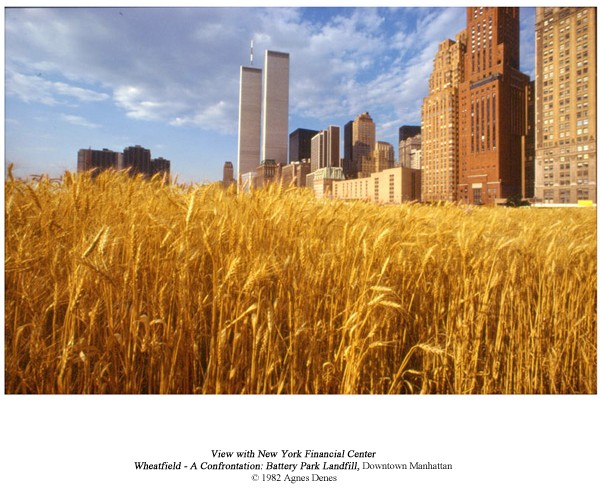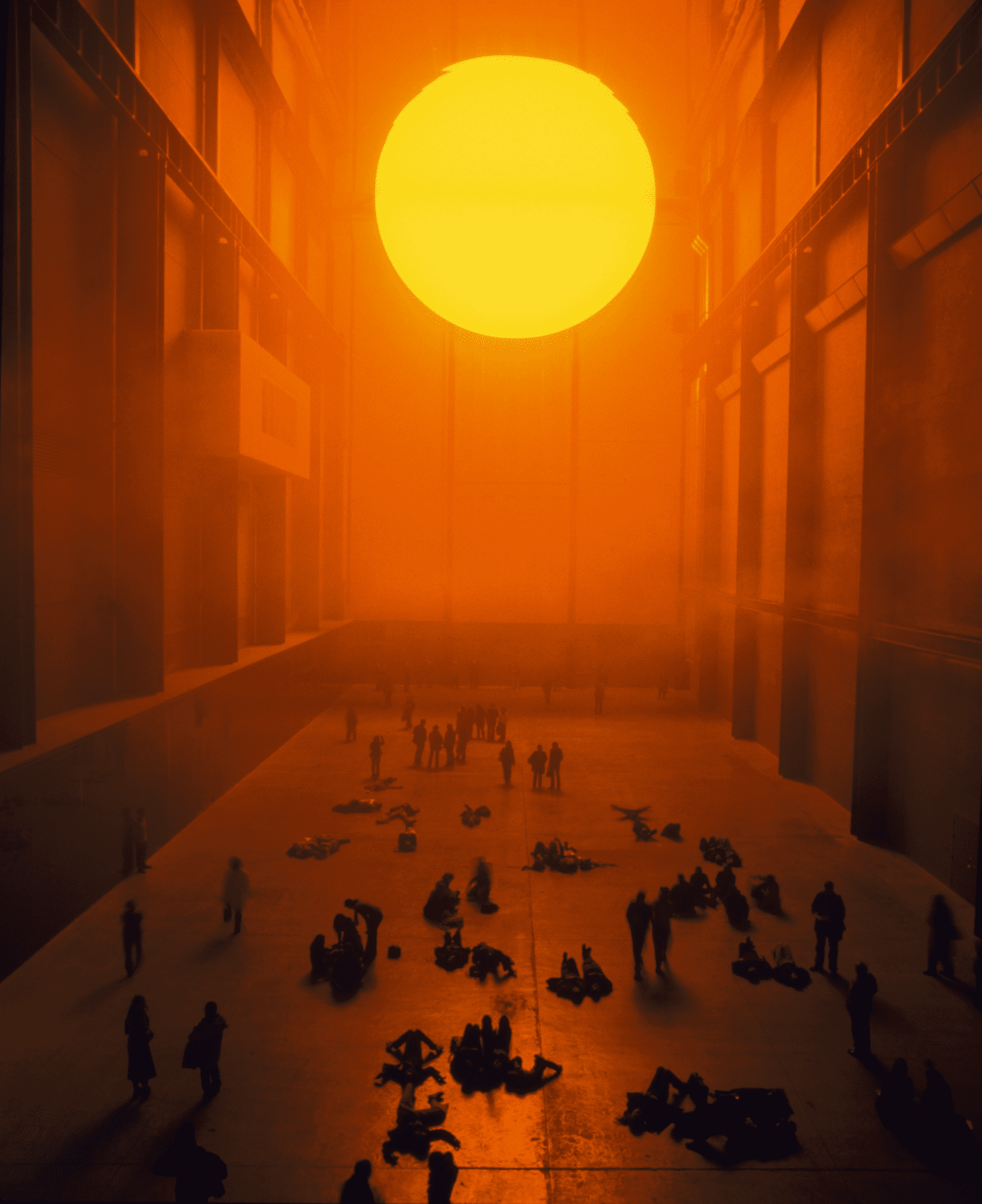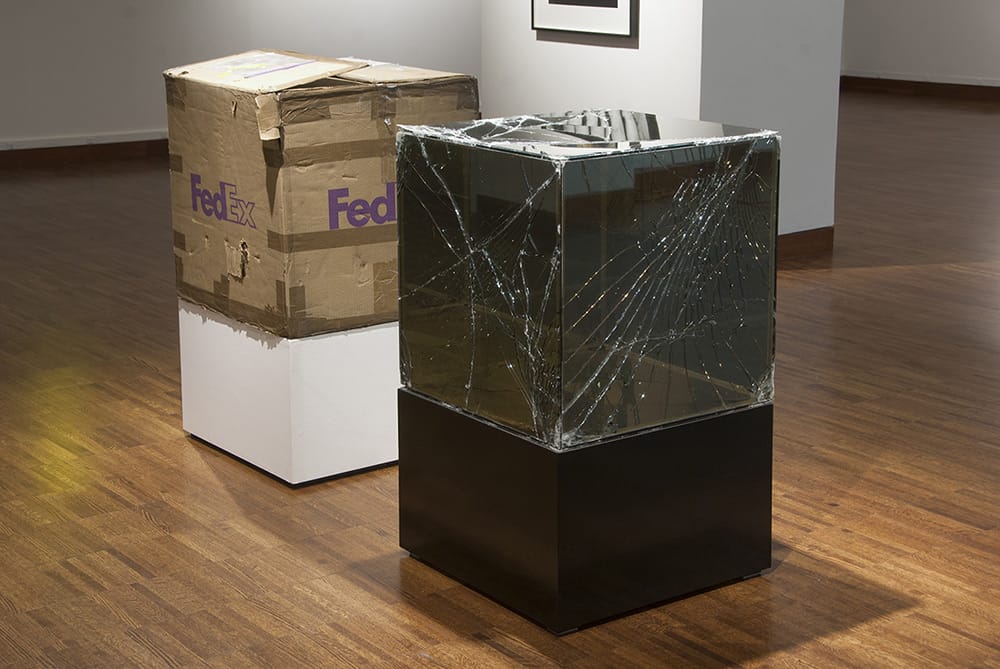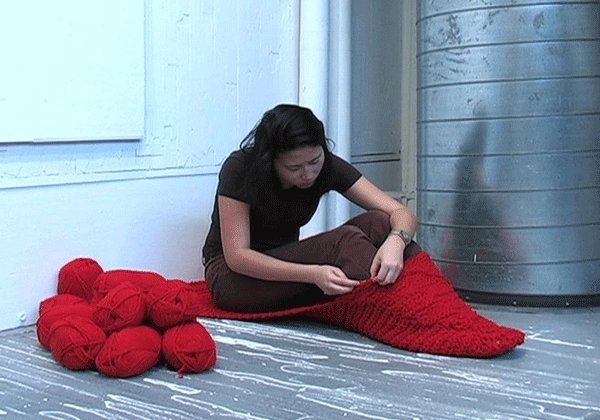- ⎋ Wheatfield - A Confrontation by Agnes Denes
- Two acres of wheat planted and harvested by the artist on the Battery Park landfill, Manhattan, Summer 1982.
- After months of preparations, in May 1982, a 2-acre wheat field was planted on a landfill in lower Manhattan, two blocks from Wall Street and the World Trade Center, facing the Statue of Liberty. Two hundred truckload of dirt were brought in and 285 furrows were dug by hand and cleared of rocks and garbage. The seeds were sown by hand and the furrows covered with soil. the field was maintained for four months, cleared of wheat smut, weeded, fertilized and sprayed against mildew fungus, and an irrigation system set up. the crop was harvested on August 16 and yielded over 1000 pounds of healthy, golden wheat.
- this is such a fascinating piece! it's likely something that would be too expensive to do nowadays! the land was worth 4.5 billion even back at the time of its creation, and the photographs of this pieces are incredibly striking... the sharp yellow against the city skylines is gorgeous!





